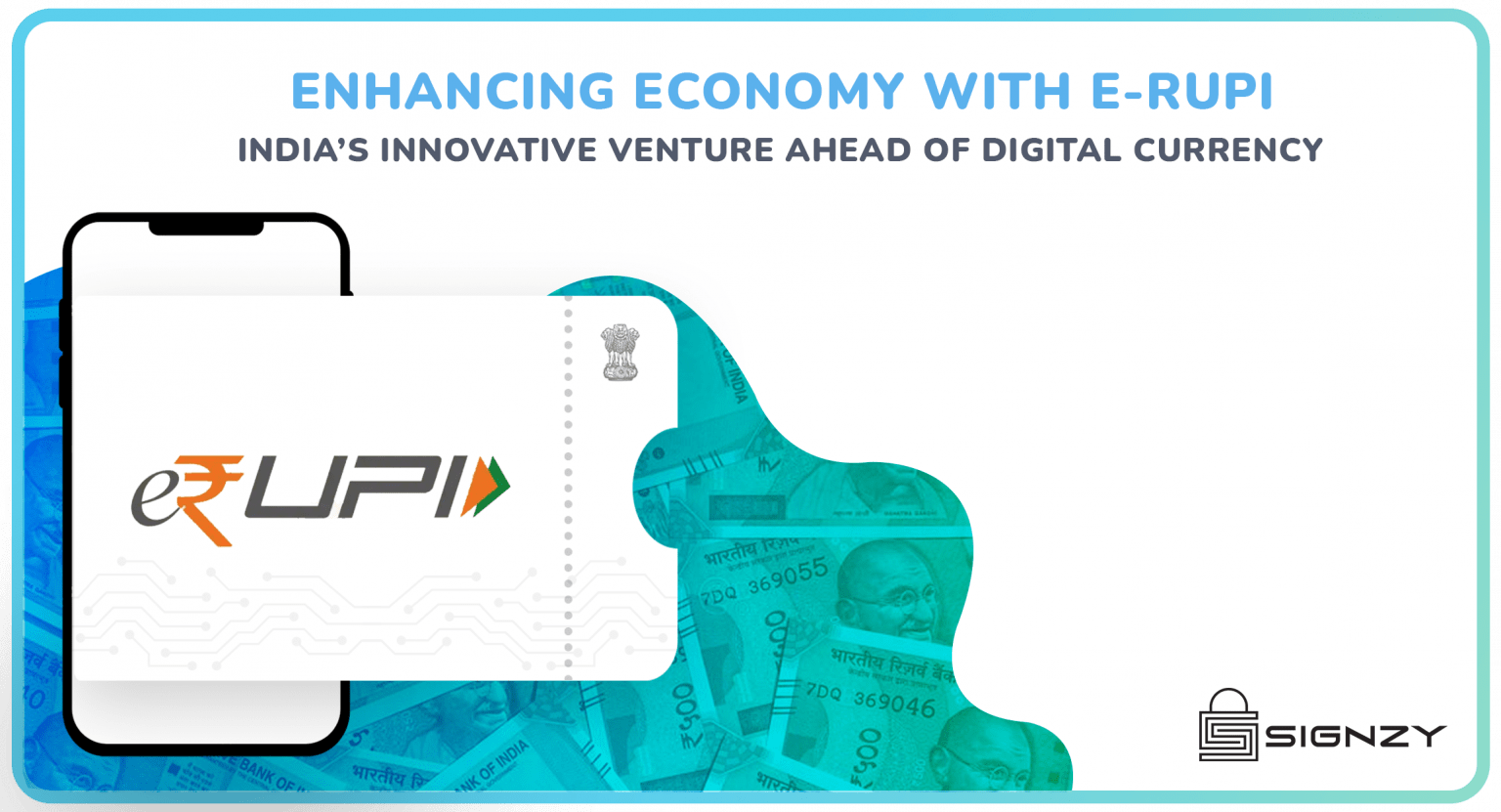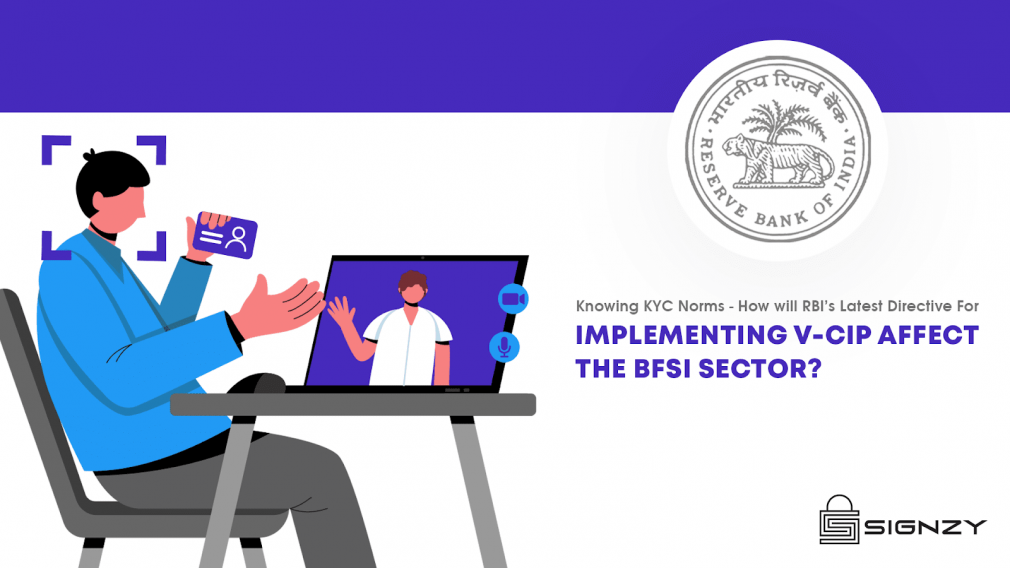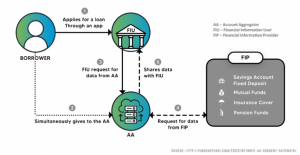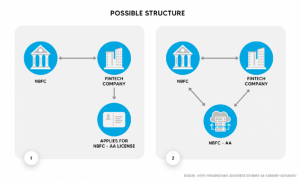With a stunning 182% boost in tech job growth, the global fintech industry did exceedingly well in the first quarter of 2022. But it is predicted that the sector will face massive hurdles in the coming quarters of 2022 as a significant shortage in tech talent threatens to decrease the growth of the global fintech sector.
Although lack of skilled labor accounts for part of this concern, the primary issue lies within increased attrition. Some may even attribute this to ‘The Great Resignation’ phenomenon. Nonetheless, there must be ways to consider this.
As soon as Fintechs improved at loping the client acquisition challenge, talent acquisition and retention became a new obstacle. The threat of losing a qualified and growing workforce and customer service amplifies the sales-related stress. With that in mind, retaining talented people is becoming as important as bringing in new customers.
From Where Does The Concern Incept?
Among the primary concerns that prevent employees from being efficient and loyal to their jobs is a maze of offers from other companies. However, with the increased presence of open banking and the rise of new fintech players, employees have ample choice now in what they do and where they want to do it.
Since 2001 financial technology workers in the USA quit their jobs at the highest rate, according to a 2019 US Bureau of Labor Statistics report. This increased to a tremendous rate following the COVID-19 Outbreak. In December 2021 alone, 4.3 million Americans quit their jobs. It’s therefore vital for businesses to ensure that they have the right work cultures and processes to enable and nurture talent, especially as they are going through hyper-growth.
Now is the time for executive and primary leaders to acknowledge and adapt to the evolving needs of their employees. This is to be done with as much dedication and commitment as they provide their customers. Gallup reported that more than half of the workforce in America is disengaged from their respective jobs. At the same time, the engaged employees considerably reduce the associated cost of turnover, which usually remains high. The overall customer experience and annual revenue directly link to employee retention and decreased attrition damage.
According to another report, the draining shortage of software engineers in the fintech industry in the past three years makes recruiting harder. Unfortunately, this also increases the time to fill exponentially. As a result, the cost of incorporating a new software engineer into the workforce is rising, and a reputed HR brand, together with employee retention and decreased attrition processes, increases in importance.
Ensuring Employee Retention With A Good HR Brand
Companies that understand and value employee experience are already on a good start. They should promote initiatives to improve the employee experience. As a result, their customer experience success rate will boost. The favorable outcomes earned through apt and efficient strategic employee engagement will generate a workplace culture that values the trust among employees as well as external customers they interact with each day.
The game plan must include multiple vital components to keep the HR management on top, well-informed, and proactive. There are several aspects to consider while pursuing this goal. Still, to keep it concise, the following are the primary three points you must never ignore when it comes to interacting and engaging the employees:
Speak To And Be Accessible To Your Employees.
A famous firm that shall not be named refers to its employees as resources. It seems absurd to reasonable ears to hear a human being referred to as a resource. Moreover, it gives an outright impression that the company sees its employees as objects. This is the wrong approach.
Your employees are your company’s spine. They are humans. They need proper communication with their colleagues and must feel secure. When isolated, they will feel insecure, resulting in inefficient performances. That’s why talents value good management’s transparency and approachability in a friendly atmosphere. Hence, when you interact with your employees on casual topics or engage in occasional conversations, consider letting them know of your good mood; it highly encourages their loyalty and sincerity, which are vital to keeping them on the ship.
Improve Talent With Effective Educational And Growth Opportunities
A proper sense of fulfillment at work fundamentally depends on how the enterprise recognizes and acknowledges the individual traits of an employee. If a company focuses on encouraging growth and formulates a professional pathway for each employee, it resolves numerous problems at the workplace. Some of the perks include:
- It shows that employees are valued and vital to the organization.
- It helps engage their interests and allows them to concentrate and be actively efficient.
- It fetches the best talent out there.
Enhancing business knowledge is essential for all employees’ professional training and support for growth. Accompanying the loyalty this deems, it brings a better understanding of internal and external processes to the game, helping the management avoid any mistakes. It also shortens development time to nearly 50 percent. The usual personal financial perks provided for employees in the fintech industry will also help. They learn more about investing, banking processes, and different financial companies/markets. The employees can benefit from all this by making better decisions to engage in good financial companies.
Make Sure to Engage Teams, Especially The Remote Ones
Today, creating distributed teams is a current trend in team management. If managed resourcefully, your company will benefit from hiring remote individuals and skilled labor. However, it’s an unfair conclusion that having a widely distributed team is a high risk. Proper management makes such a team more than a success. Unfortunately, only 8 percent of the companies that utilize alternative workers know how to establish processes efficiently. There are methods to determine and resolve the problems in the fintech industry that diminish the team’s efficiency and ensure that the transition to a distributed team is safe and smooth.
Remote employees also need to communicate with peers, craft networks, share opinions, and know that they are acknowledged and appreciated. Ensure to make them feel to be part of the work family without insisting upon it; they will chime in more than they need to when it’s needed.
In Essence
Considering the current scenario of the Great Resignation, many leaders are taking action. For example, a recent report from Gartner revealed that 58% of all IT heads reported an increase in emerging tech investments in 2021. In 2020 this was 29%. And most of this will be aimed at sustaining a talent-rich environment in the industry.
Skilled labor is indeed hard to retain. Finding it is harder still. Hence with consideration for the employees without compromising the vision each enterprise engages in, we can pave a path forward. And this path can lead to the penultimate sustenance of a self-engaged financial ecosystem, ultimately tackling the talent shortage in the fintech industry. From thenceforth, we can pursue what every innovative fintech aspires for; a revolution in the sector for the better.
About Signzy
Signzy is a market-leading platform that is redefining the speed, accuracy, and experience of how financial institutions are onboarding customers and businesses – using the digital medium. The company’s award-winning no-code GO platform delivers seamless, end-to-end, and multi-channel onboarding journeys while offering totally customizable workflows. It gives these players access to an aggregated marketplace of 240+ bespoke APIs that can be easily added to any workflow with simple widgets.
Signzy is enabling ten million+ end customer and business onboarding every month at a success rate of 99% while reducing the speed to market from 6 months to 3-4 weeks. It works with over 240+ FIs globally, including the 4 largest banks in India, a Top 3 acquiring Bank in the US, and has a robust global partnership with Mastercard and Microsoft. The company’s product team is based out of Bengaluru, and it has a strong presence in Mumbai, New York, and Dubai.
Visit www.signzy.com for more information about us.
You can reach out to our team at reachout@signzy.com
Written By:

Signzy
Written by an insightful Signzian intent on learning and sharing knowledge.













